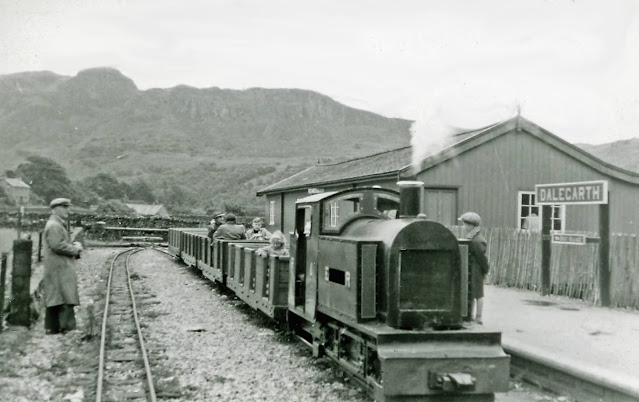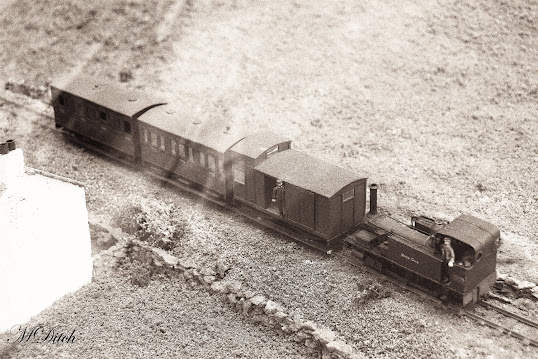The Owd Ratty: Gill Force Tramway

The Owd Ratty: Gill Force Tramway The present day terminus for the railway is built on the formation of the Gill Force Tramway. This 1951 shot shows "The Pretender" waiting to take a train back down the valley to Ravenglass. Ben Brooksbank Creative Commons Attribution Share-alike license 2.0 In the previous post (link here) I covered the history of the Owd Ratty and the line up to Boot in Eskdale. I mentioned that at Gill Force junction the line split and a tramway ran to the mines at Gill Force. The history of this part of the Owd Ratty is not as well documented as the Boot branch and to date there are no known images of the line. What is known is that the line was built in 1880 for the “South Cumberland Iron Company” they were looking for Iron ore on the opposite side of the valley to the mines at Nab Gill. The mines weren’t very successful and only lasted a few years closing completely in 1884. The site of Gill Force junction today. As I stated in the last post, th...
